One of the U.S. Virgin Islands, St. Thomas is famous for superb beaches, resorts, watersports, and shopping, as well as for its rich history and culture. Additionally, it’s a perfect base from which to explore the surrounding islands, making it a great romantic vacation or honeymoon destination in the Caribbean. It’s especially popular with U.S. visitors since no passport is needed.

If you’re considering traveling to St. Thomas, you’re probably wondering, is St. Thomas safe? In this article we’ll answer your questions about St. Thomas safety, including how is the crime rate in St. Thomas, is it safe to walk around St. Thomas, and is Charlotte Amalie safe?
Is St. Thomas safe for tourists?
With a generally friendly population that realizes the dependence on tourism, the U.S. Virgin Islands is a relatively safe destination for travelers. And as a U.S. protectorate, St. Thomas is governed by the same laws that we have in the United States.
However, St. Thomas is not as safe as it once was; there was an increase in the crime rate in St. Thomas during the pandemic. And while most crime in St. Thomas is not directed at tourists, visitors should follow general safety precautions, especially when it comes to keeping valuables out of sight and staying in well-populated areas.
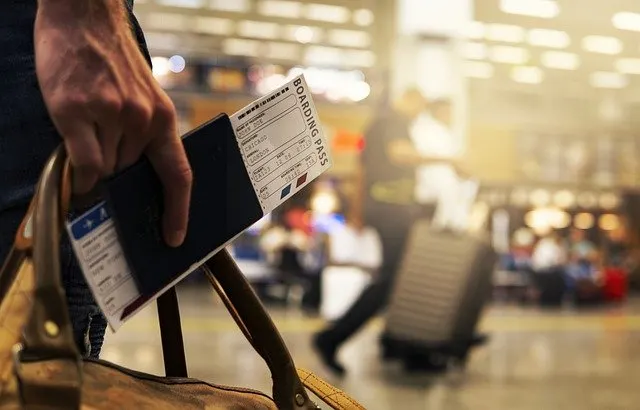
Is there a lot of crime in St. Thomas?
Like any destination, there are crimes in St. Thomas, especially petty crimes such as theft. Violent crimes occur as well, and as mentioned above have increased in recent years, but tourists are not usually the target. Sexual assault, harassment, and armed robbery do happen to tourists, though, so take the same precautions that you would while traveling in any American city.
Guarding your valuables or storing them in the hotel safe, as well as always keeping an eye on your belongings when at the beach or a restaurant, are recommended. Also, travelers are advised against wandering the island at night, especially on the back streets of Charlotte Amalie.
See our safety tips below for specific suggestions on keeping safe while in St. Thomas.
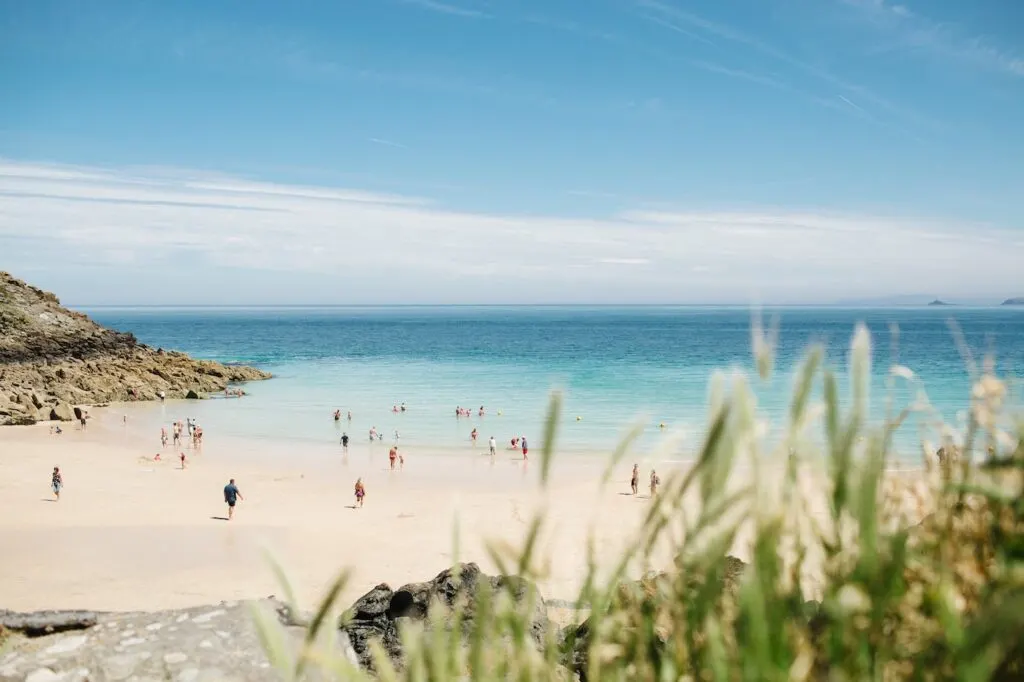
Top Tips for Safe Travel in St. Thomas
Here are some tips to ensure a safe trip to St. Thomas. First, research the area where you’ll be staying and anywhere you want to visit. If you’re not sure about the safety of a particular place, it’s always best to ask someone who knows the area well. Locals are usually the best people to ask about safety tips and which areas to avoid.
Always keep a copy of your passport with you, rather than the original; leave your actual passport in your hotel safe or safety deposit box. This will ensure that you have identification if needed while keeping your original document safe.

While in your hotel room, keep the door locked, don’t answer the door without checking to see who it is, and be sure to lock the door when you leave. Keep anything valuable in the in-room safe or the hotel’s safe deposit box.
If taking a taxi, be sure to choose an authorized service (it’s best to get a recommendation from your hotel) and settle on a fare with the driver before getting in.
If you rent a car, drive carefully as many roads are narrow, steep, and poorly paved with potholes. Also, remember that they drive on the left in St. Thomas! Lock the doors and don’t leave valuables in your car while sightseeing, at the beach, or hiking, as vehicle break-ins, do occur. If possible, park in lots with security features or attendants.
Scooter accidents that cause injury are prevalent, so avoid renting a scooter.

Crimes of opportunity like pickpocketing and purse snatching can happen, especially in public places like beaches, hotel lobbies, or crowded streets. Stay aware of your surroundings. Don’t carry a lot of cash on you, and keep what money you do have (along with credit cards and passport copy) in a zipped purse or travel pouch concealed under your clothes.
Make sure you also keep a copy of your passport, driver’s license, and credit cards in a safe location in case any of these are stolen.
If you do encounter someone trying to rob you, don’t resist. Fighting back could cause you to get injured. Give what you have, then get to a place of safety and report the crime to the local authorities.
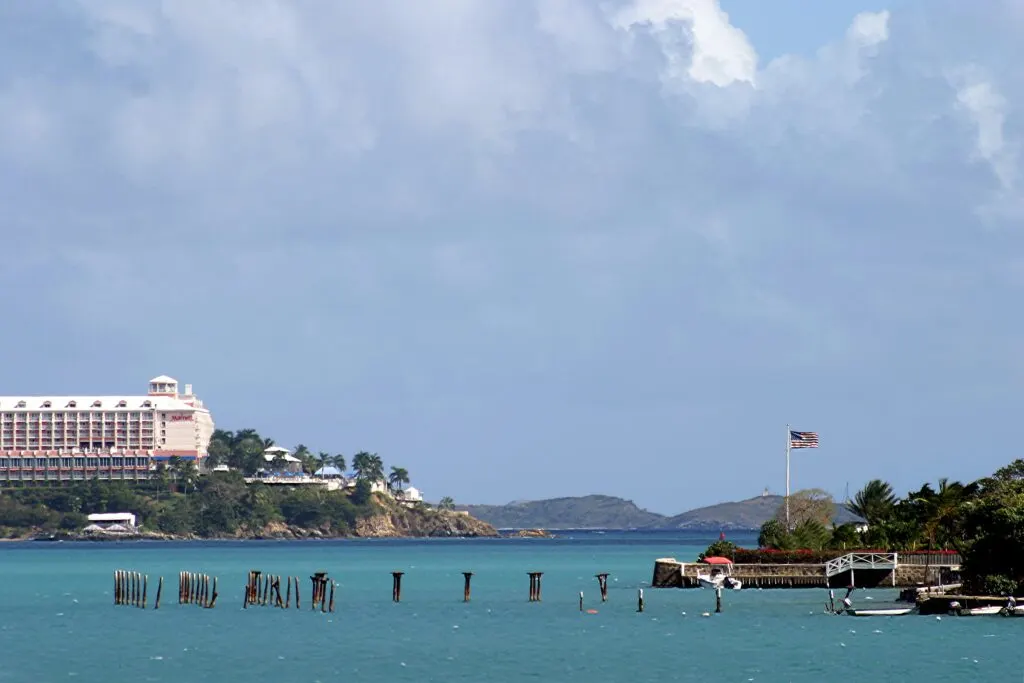
While out and about, you may encounter people asking you for money; although they are not dangerous, it’s best to avoid them. Keep alert and keep a hand on your valuables in crowded places; be aware of someone bumping into you or trying to get your attention, as they may be trying to cause a distraction so someone else can pick your pocket.
Women may occasionally be harassed with catcalls or attempts at pickups, especially if they are alone. If this occurs, don’t engage with the person, just move away from them and toward a safe area.
A good way to stay safe while on vacation is to travel in groups. There’s strength in numbers, so if you can travel with a group of friends or family members, you’ll be a much less likely target for crime. If you aren’t traveling with a group, go places with at least one other person.
Be aware of your surroundings and stay on main roads and in populated, touristy areas. Never tell anyone you meet where you are staying. It’s important to note that cell service may not be available in all areas.

If you go out to bars or nightclubs in St. Thomas, take the usual precautions: don’t go alone—always in pairs or groups; stick to main streets and brightly lit areas, and always keep your eyes on your drink. If you consume alcohol, do so responsibly so you can stay alert. It’s advised to take authorized taxis when traveling around Charlotte Amalie at night, rather than walking.
Places to avoid in St. Thomas include the back streets of the capital city Charlotte Amalie, especially at night (in fact, some sources recommend avoiding Charlotte Amalie at night entirely); the back streets of Frederiksted and Christiansted; Frenchman’s Hill; and the “Estate” areas, which are public housing projects.
Be aware that in Charlotte Amalie and Christiansted, the housing projects can be located fairly close to popular tourist areas, so don’t wander off the beaten path.
Areas that are considered safe in St. Thomas are Red Hook, Main Street and the Waterfront in Charlotte Amalie, most of the East End, cruise ports in Crown Bay and Havensight, Lindqvist Beach, Hull Bay, and Magens Bay.
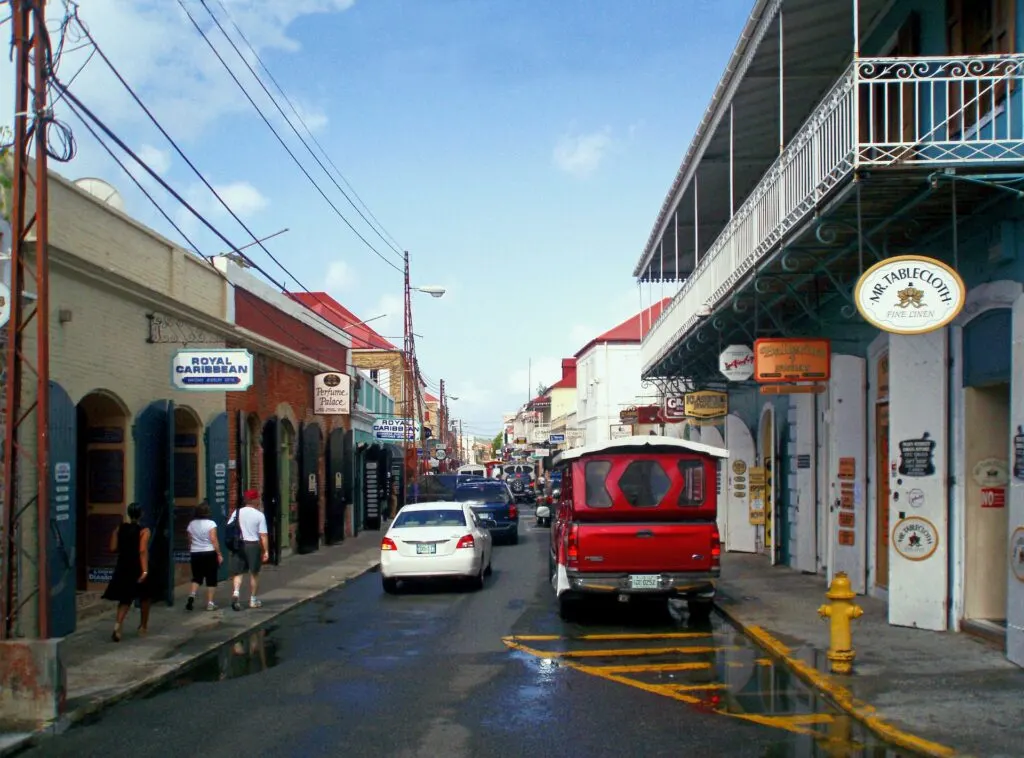
Be careful when visiting more isolated areas of the island, such as nature areas, remote beaches, and small or informal parking areas used by divers. Pay attention, and if you feel uncomfortable, leave.
While in the ocean, look out for jellyfish and sea urchins, and if you’re snorkeling or diving be sure to avoid lionfish, which have poisonous barbs.
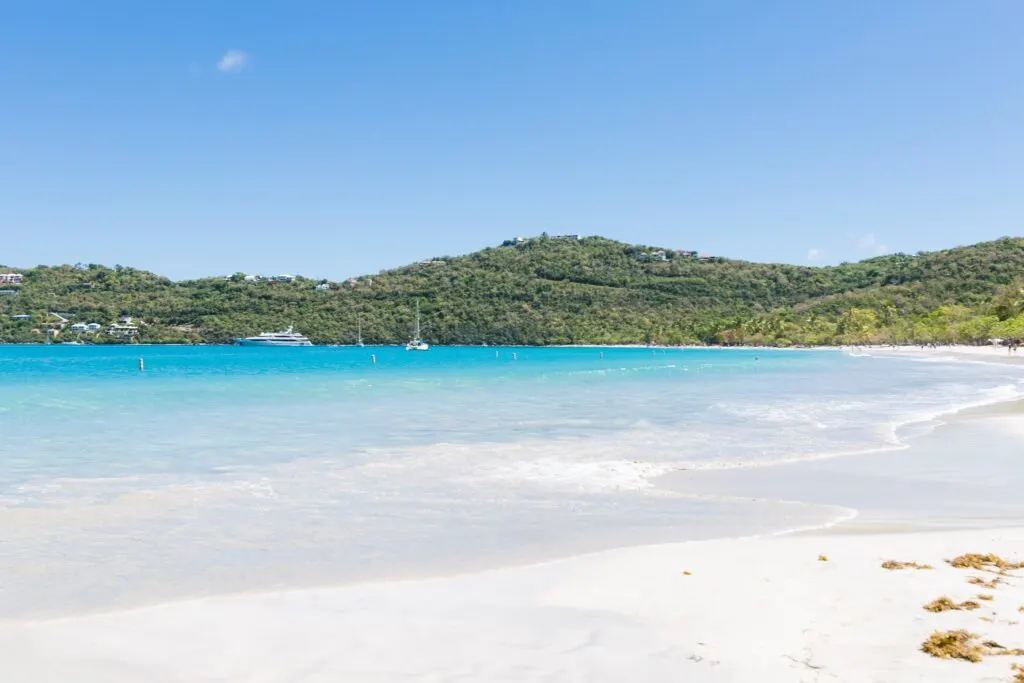
Dengue fever and the Chikungunya virus are two insect-borne illnesses to watch out for here. To protect yourself from insect bites, use repellent and wear long-sleeved shirts and long pants plus closed-toe shoes at dawn, dusk, or near stagnant water. Seek medical attention if you develop a high fever or body aches during or after your visit.
The drinking water in St. Thomas is filtered rainwater which is generally safe to drink, but you can purchase bottled water if you’re concerned.
By following these simple tips, you can help ensure a fun and memorable trip to St. Thomas. Do you have any other safety suggestions for St. Thomas, or questions about traveling there? Share them with us in the comments below!
Ashley has always loved to explore new places and indulges her passion for travel whenever she can. She has been to 12 countries and 32 states so far.
Ashley has worked as a freelance writer for more than 20 years, specializing in the areas of travel, marketing, personal development, and the pursuit of happiness.
Favorite destinations include Sorrento and Capri, Italy; Haarlem, Netherlands; Paris; Sydney and K’gari, Australia; Rotorua and Waiheke Island, New Zealand; the American West; Palm Beach; the Florida Keys; and her hometown of New Orleans. Ashley has a goal of visiting every state plus many more international destinations.

